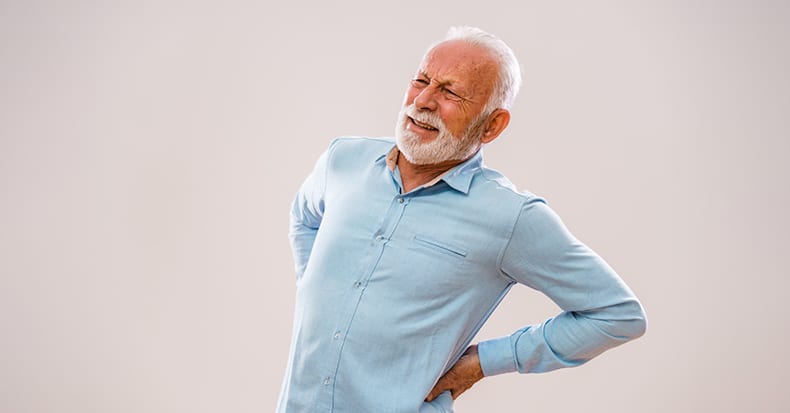We often read about what to do for low back pain (LBP), but now let’s look at LBP from the perspective of “what NOT to do!”
- ICE vs. HEAT: If you ask your doctor, “what’s better for my back, ice or heat?” the answer is either one or the other or, “…whichever you like better.” This leaves the LBP patient at a loss of who or what to believe. So, let’s settle this once and for all. Ice should be tried first because it will rarely make the LBP worse, whereas heat can. Ice is an “anti-inflammatory” agent, meaning it reduces swelling. Ice reduces congestion or pushes painful chemicals and fluids that accumulate out of the injured area when there is inflammation, which usually feels good (once it’s numb). Heat does the opposite of ice. It’s a vasodilator meaning it pulls fluids INTO the area. Sure, it feels “good” initially, but often people will say it makes them feel worse later. That’s because the additional fluid build-up in an already inflamed area is kind of like throwing gasoline on a fire. When LBP is chronic (it’s been there >3 months), heat MAY be preferred. Contrast therapy (alternating between the two) can work as an effective “pump” pushing out fluids (with ice) and pulling in fluids (with heat). Here, start and end with ice so the first and last things done are “anti-inflammatory.”
- IGNORE YOUR LBP: The comment, “I was just hoping it would go away,” has been used by all of us at some point. Though LBP can get better over time, it’s simply impossible to know when or if it will. If you have suffered from back pain previously, then you already know that getting in quickly for a chiropractic adjustment BEFORE the reflex muscle spasm sets up can stop the progression, often before it reaches a disabling level. If you want to reduce the chances of missing work or a golf game due to LBP, visit your chiropractor immediately when the “warning signs” occur – you know, that ‘little twinge’ in your back that’s telling you, “…be careful!”
- BED REST: There is a time for rest and a time for exercise, but knowing what to do when is tricky. Another “true-ism” is the best exercise when done too soon may harm you, but when done at the right time will really help. So, here are some general guidelines: a) no more than 24-48 hours of mostly bed rest; b) walking is usually a great, safe starting activity after or even during the first 48 hours; c) avoid activities that create sharp pain (like bend, lift, twist combinations); d) use ice or contrast therapies a lot during that initial 48 hours; e) follow your doctor’s exercise instructions and treatment plan – they’ll guide you through this process.
- FOCUS ON X-RAY OR MRI FINDINGS: Did you know that about 50% of us have bulging disks, and 20% of us have herniated disks in our low back and yet have NO pain? That’s right! Many of us have “disk derangement” but no symptoms whatsoever. Similarly, the presence of arthritis on x-rays may have no relationship to an episode of LBP. It’s easy to blame an obvious finding on an image for our current trouble, but it may be misleading. In fact, it can even make a person fearful of doing future activities that may be just fine or even good for us. The WORST thing for some types of arthritis is to do nothing. That will just lead to more stiffness and pain! More on that later!
Thousands of Doctors of Chiropractic across the United States and Canada have taken "The ChiroTrust Pledge":
“To the best of my ability, I agree to
provide my patients convenient, affordable,
and mainstream Chiropractic care.
I will not use unnecessary long-term
treatment plans and/or therapies.”
To locate a Doctor of Chiropractic who has taken The ChiroTrust Pledge, google "The ChiroTrust Pledge" and the name of a town in quotes.
(example: "ChiroTrust Pledge" "Olympia, WA")
Content Courtesy of Chiro-Trust.org. All Rights Reserved.

